
- Disneyland® Paris Tickets
- Eiffel Tower Tickets
- Louvre Museum Tickets
- Paris Catacombs Tour & Tickets
- Versailles Tickets
- Notre-Dame Paris Tickets
- Orsay Museum Tickets
- Paris Pantheon Tickets
- Arc De Triomphe Tickets
- Opera Garnier Paris Tickets
- Big Bus Paris Hop-on Hop-off Tours
- Parc Astérix Paris Tickets
- Sainte Chapelle Tickets
- Eurail Passes
- Musee de l'Orangerie Tickets
From Medieval Knights to Modern Warfare: All You Need to Know About Musée de l'Armée
What is the Musée de l'Armée?
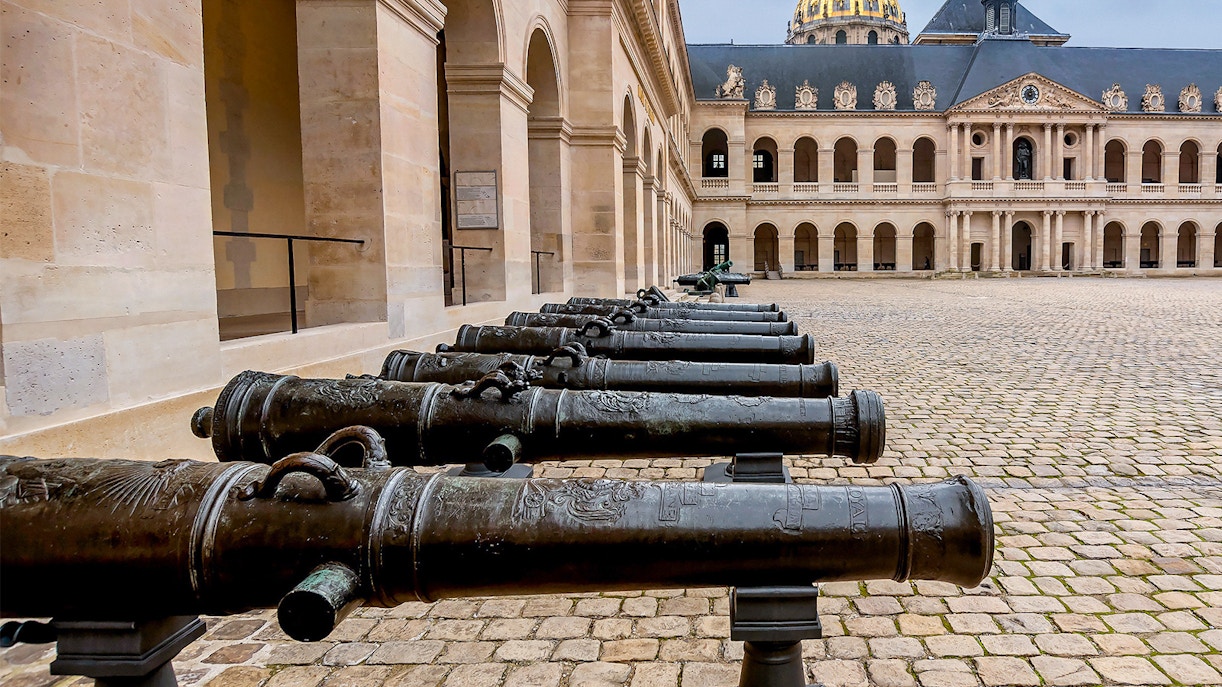
Housed inside Les Invalides, Musée de l'Armée or the Paris Army Museum features the most important collection of military art and history in the world dating back to the Antiquity Period until the 20th century. Created in 1905 by merging Musée d'Artillerie and Musée Historique de l'Armée, the national military museum of France is home to a courtyard with an artillery collection, a space comprising arms and weapons from the 13th–17th centuries, Cabinets Insolites, Napoleon’s Tomb, St. Louis’ Cathedral, Museum of the Order of Liberation, and the Charles de Gaulle Monument. It also houses relief maps, emblems, photographs, paintings, historical figurines, artillery, and military uniforms.
Quick Facts about Musée de l'Armée

- Official name: Musée de l'Armée
- Location/Address: 129 Rue de Grenelle, 75007 Paris, France
- Date of opening: 1905
- Timings: 10 AM to 6 PM
- Architect: Libéral Bruant and Jules Hardouin-Mansart
- Architectural style: Baroque
- Number of visitors per year: 1.2 million +
- Collection size: 500,000 +
- Function: Museum
Plan Your Visit to Musée de l'Armée
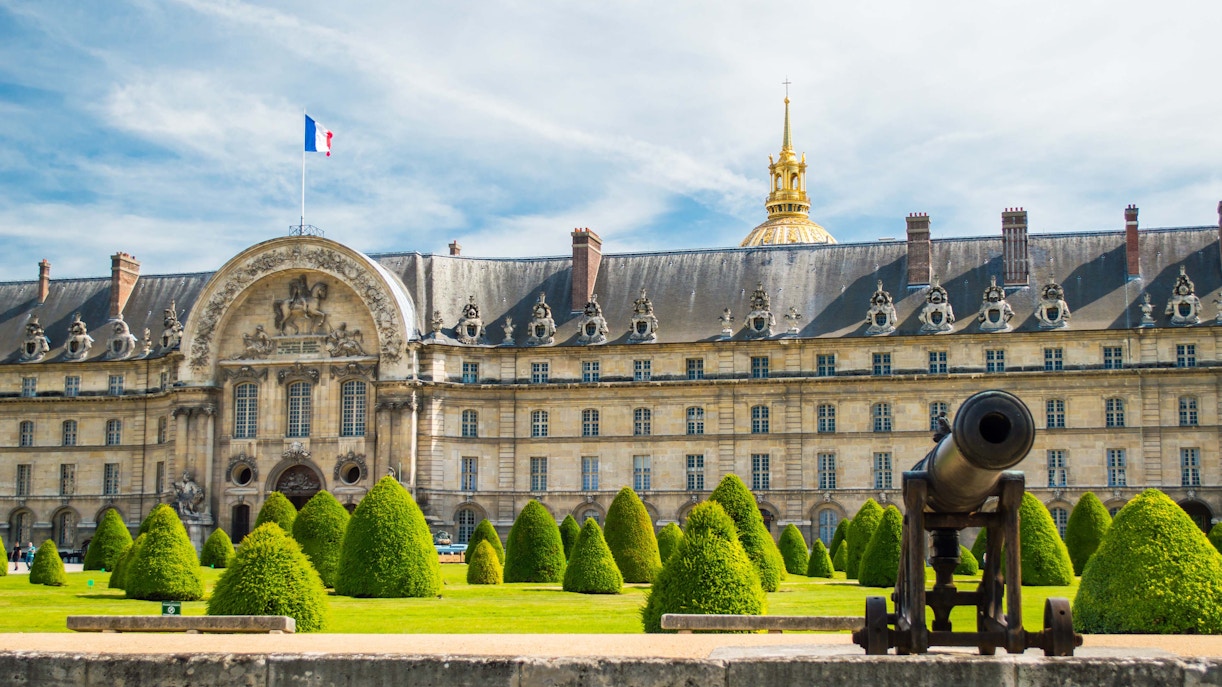
Timings: 10 AM to 6 PM
Closed: January 1, May 1, and December 25
Best time to visit: Early morning or near closing hours
Best Time to Visit Musée de l'Armée
Address: 129 Rue de Grenelle, 75007 Paris, France
The Musée de l'Armée is located inside Hotel des Invalides in the 7th arrondissement of Paris.
Closest Station: Invalides
Get Directions to Musée de l'ArméeWhat’s Inside Musée de l'Armée?
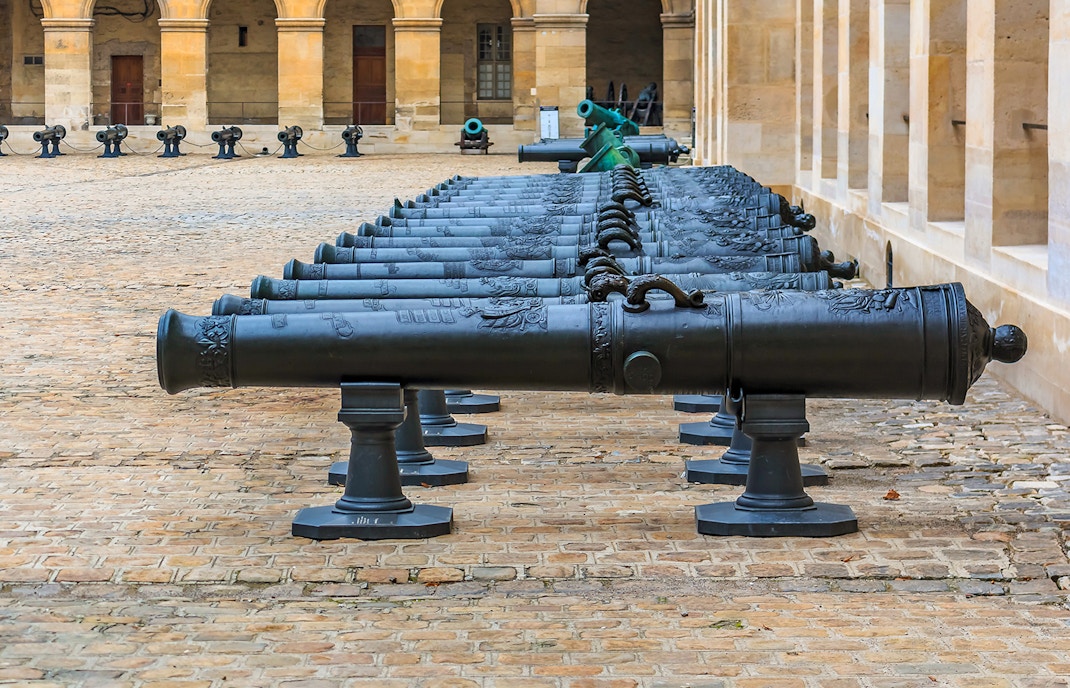
Main Courtyard and Artillery Collections
The main courtyard, located in the center of Les Invalides, features a large part of the artillery collection accumulated during the French Revolution. With around 60 classical bronze cannons, howitzers, and mortars on display, the exhibit traces the 200-year history of French conflict and artillery allowing visitors to learn more about the manufacture of these arms and the role they played during wartime.

Armour And Weapons, 13th–17th Centuries
This section of the museum is entirely dedicated to arms and ammunition from the 13th to the 17th centuries. It consists of four sections - the Royal Room featuring crown collections, the Medieval Room comprising artifacts dating back to the feudal army up until the royal army, the Louis XIII Room that traces the growth and progress of the royal army, and a Themed Arsenal Gallery consisting of an exhibit of oriental and antique arms from the late Middle Ages to the mid-17th century.
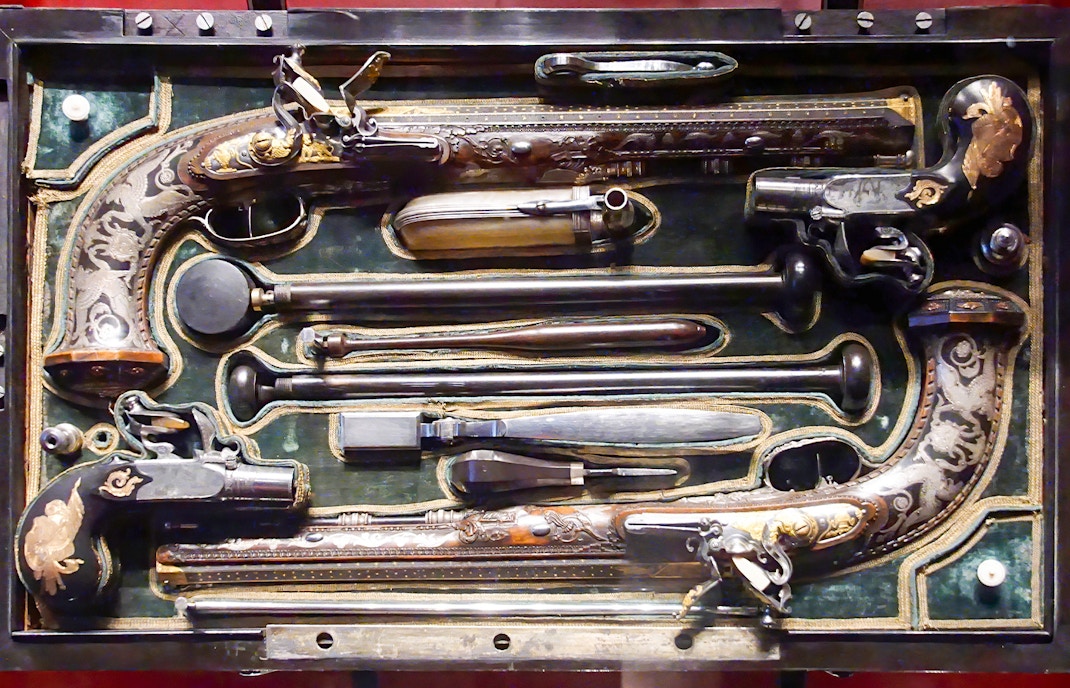
Modern Department, From Louis XIV To Napoleon III, 1643–1870
This department traces the political, social, military, and industrial history of France through uniforms, extraordinary arms, and weapons, important figures like Napoleon Bonaparte and his marshals as well as army equipment belonging to French and foreign regiments. It documents the battles fought by French soldiers, explores details of their lives, and explains the technological developments and advancements that took place.
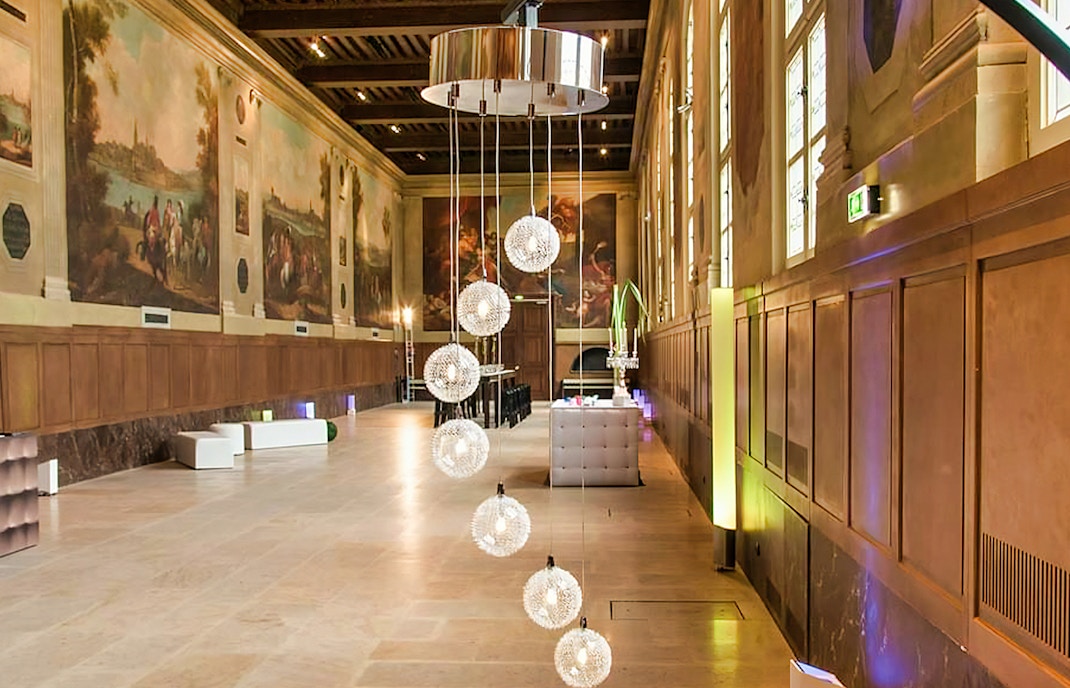
Contemporary Department, The Two World Wars 1871–1945
The Contemporary Department is entirely dedicated to the two World Wars with objects and artifacts depicting the stories of the French Army between 1871 and 1945 including the greatest wars of the 20th century. Marvel at the French and foreign uniforms, objects used by soldiers in their daily lives, ceremonial swords, batons, emblems, letters, postcards, paintings, and other items from personal archives.

Cathedral Of Saint-Louis Des Invalides
The Saint Louis Cathedral, also known as the Cathedral of Saint-Louis Des Invalides, stands as testimony to the religious faith of Louis XIV. Architect Jules Hardouin-Mansart designed a building that combined the Dome des Invalides, the royal chapel, and the Veterans’ Chapel so that the king and his soldiers could enter the space and attend mass. However, it now comprises only the Veterans’ Chapel after the erection of Napoleon’s tomb forced a separation in the 19th century.
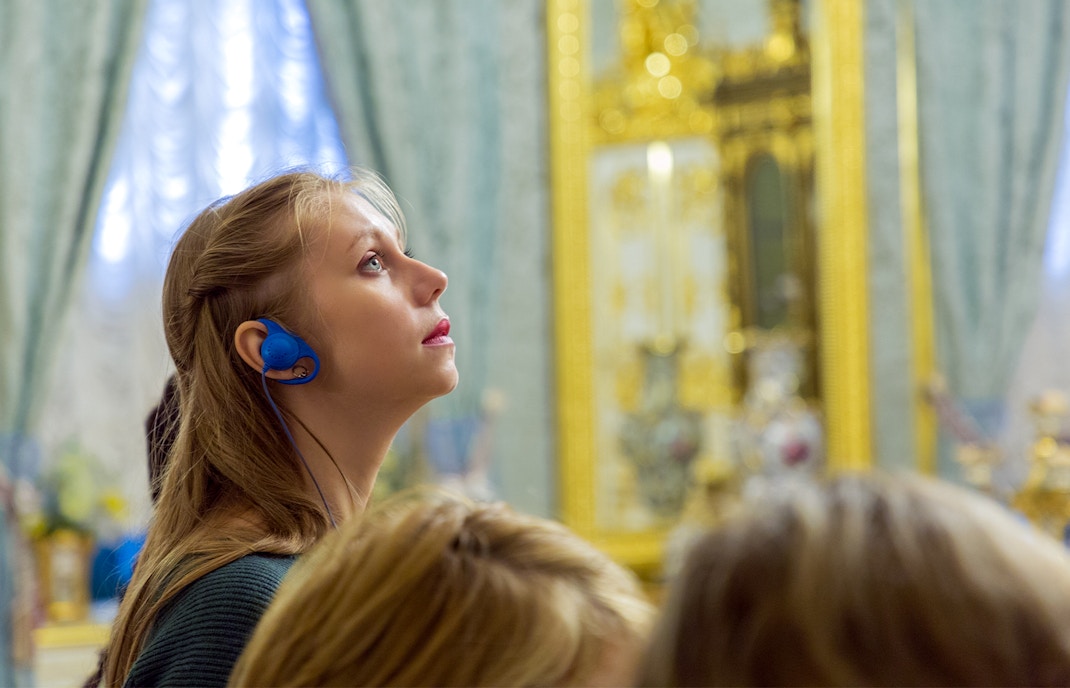
The Charles De Gaulle Monument
The Charles de Gaulle Monument is an interactive multimedia space dedicated to the work and journey of Charles de Gaulle, founding President of the Fifth Republic and leader of the Free French Forces. The space features a multi-screen room, a permanent exhibition, and a circular glass ring that shows archived footage and photographs. It also hosts an interactive session narrating stories of wars including the World Wars and the Algerian War.
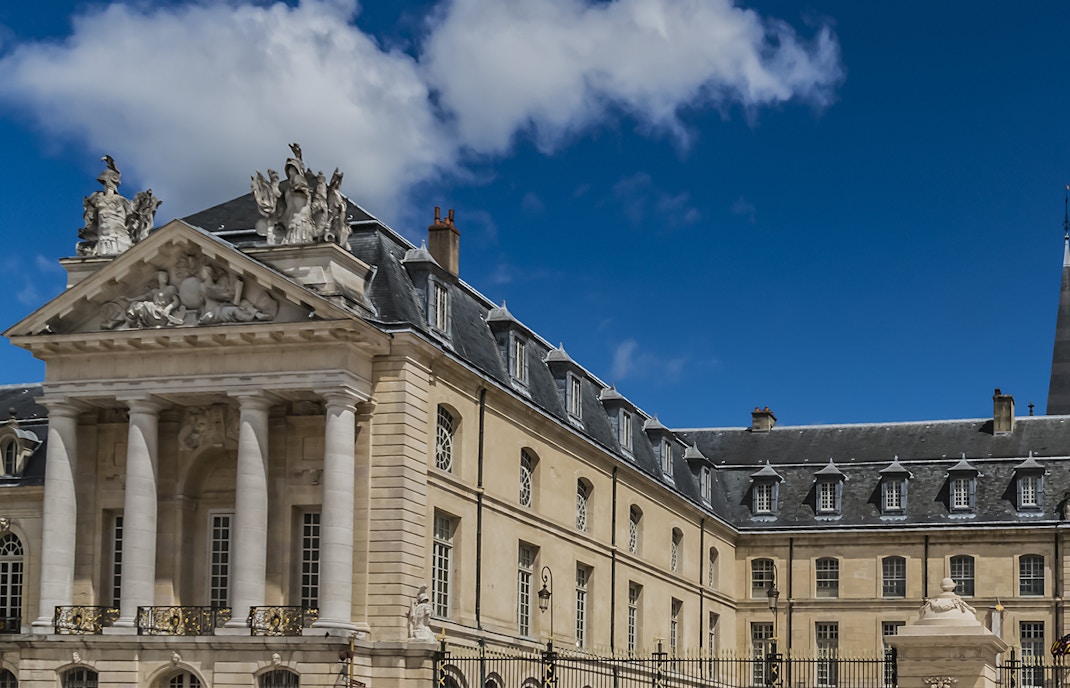
Musée De L'ordre De La Libération
The Musée de L'ordre de la Libération is a military museum consisting of three galleries - Free France, Interior Resistance, and Deportation - dedicated to the Order of the Liberation, which is considered the second national order in France after the Légion d'Honneur created by Charles de Gaulle in 1940.
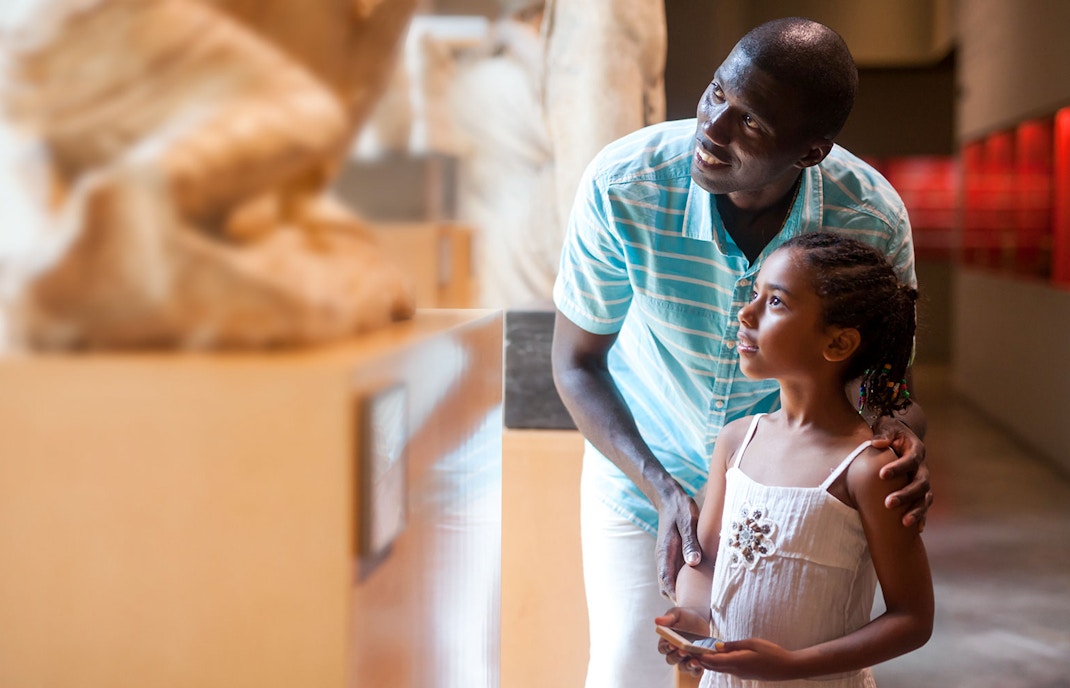
Musée Des Plans-Reliefs
Located within the Musée de l'Armée, the Musée des Plans-Reliefs features a collection of about 100 military models created between 1668 and 1870. Marquis de Louvois, Secretary of State for War to Louis XIV, started to collect three-dimensional models of fortified cities for military purposes, which is when construction began. The collection kept growing and increasing until 1870 when the fortifications disappeared.

Cabinets Insolites
This section consists of 3 cabinets dedicated to a collection of artillery models from the 16th to the 19th centuries, musical instruments belonging to the military, and military figurines including 5,000 toy soldiers exhibited out of a collection of 1,40,000 of them.
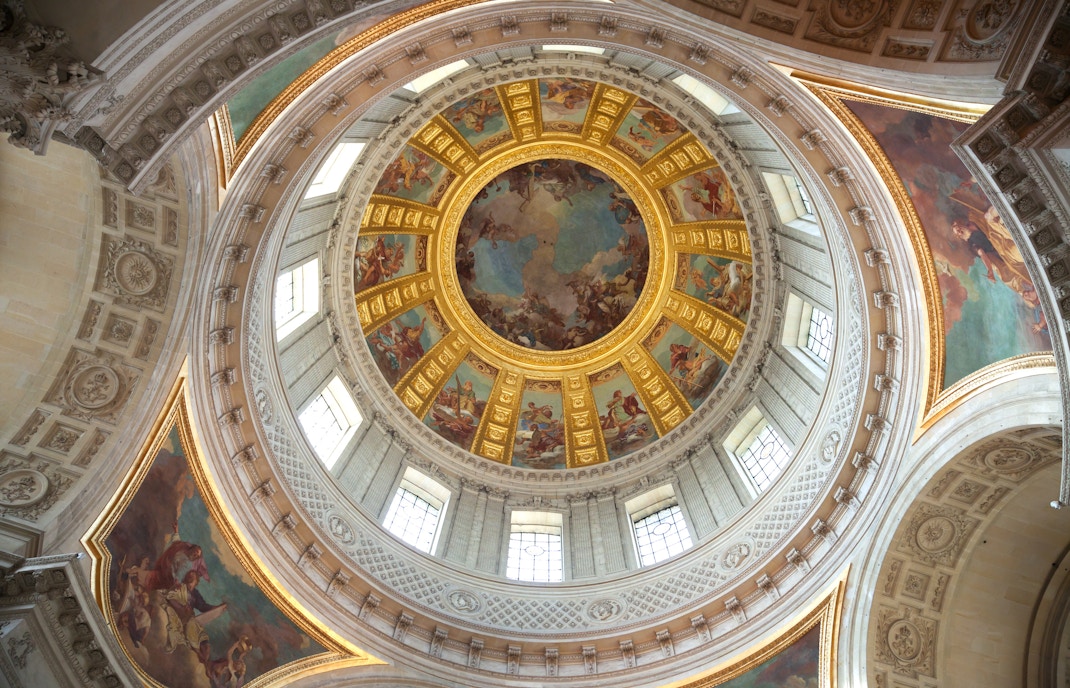
Dôme Des Invalides
The Dôme des Invalides is one monument you just cannot miss. It is the emblem of the Hôtel National des Invalides and consists of the Dome Church and the tomb of Napoleon Bonaparte. Standing tall at 107 meters, the Dôme Des Invalides is adorned with gold leaf and is a significant landmark in Paris.
History of Musée de l'Armée

The Musée de l'Armée boasts a fascinating history that spans centuries. Established in 1905 within the Hôtel des Invalides, it traces its origins to the Musée Central de l'Artillerie during the French Revolution in 1793. The museum underwent significant developments, merging with the Musée Historique de l'Armée in 1905 followed by a major extension in 1923. Today, it houses an impressive collection of military artifacts, including weaponry, armor, uniforms, artwork, and historical documents.
The iconic Tomb of Napoleon Bonaparte is among its notable exhibits. The museum serves as a testimony to France's military history and heritage, commemorating important events like the two World Wars and honoring fallen soldiers through displays of significant artifacts. With its immersive experience and historical significance, the Musée de l'Armée is an essential destination for history enthusiasts and those intrigued by the storied legacy of the French armed forces.
Who Built the Musée de l'Armée?
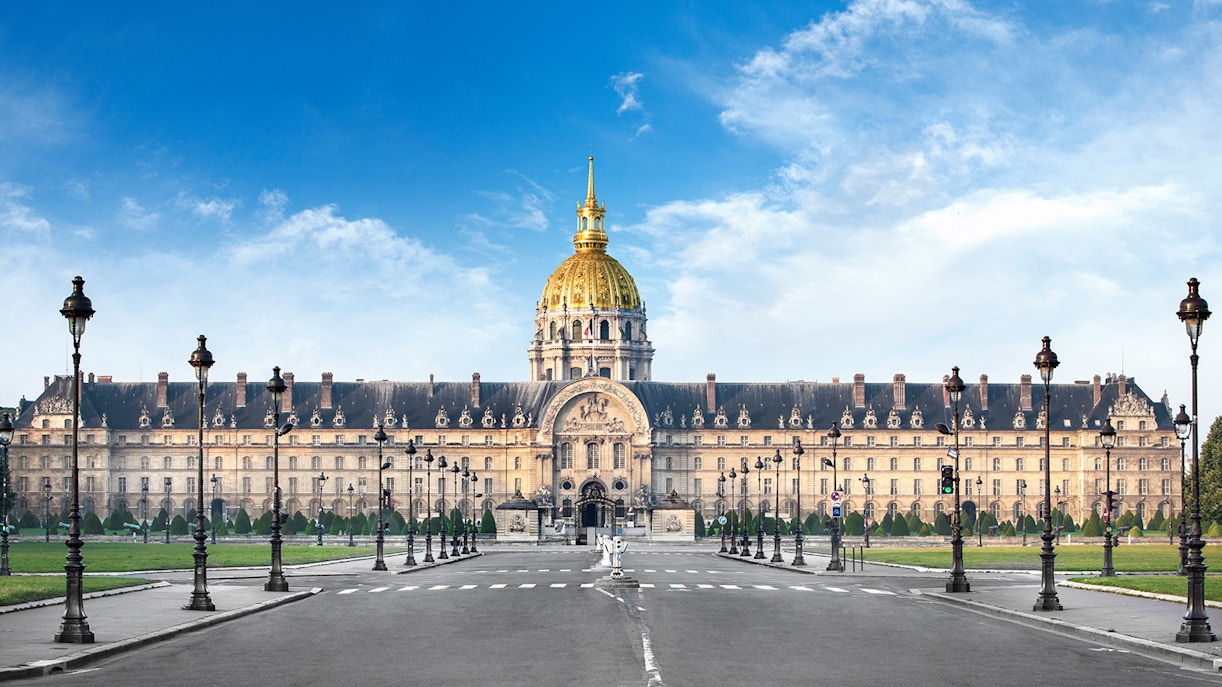
The Musée de l'Armée was primarily built by architect Louis Visconti. Combining neoclassical and Second Empire styles, Visconti's design created the museum's impressive façade. He is also known for his work on the Palais Garnier opera house and the tomb of Napoleon Bonaparte within the museum. Visconti's architectural contributions to the Musée de l'Armée showcase his grandeur and historical significance.
Architecture of Musée de l'Armée
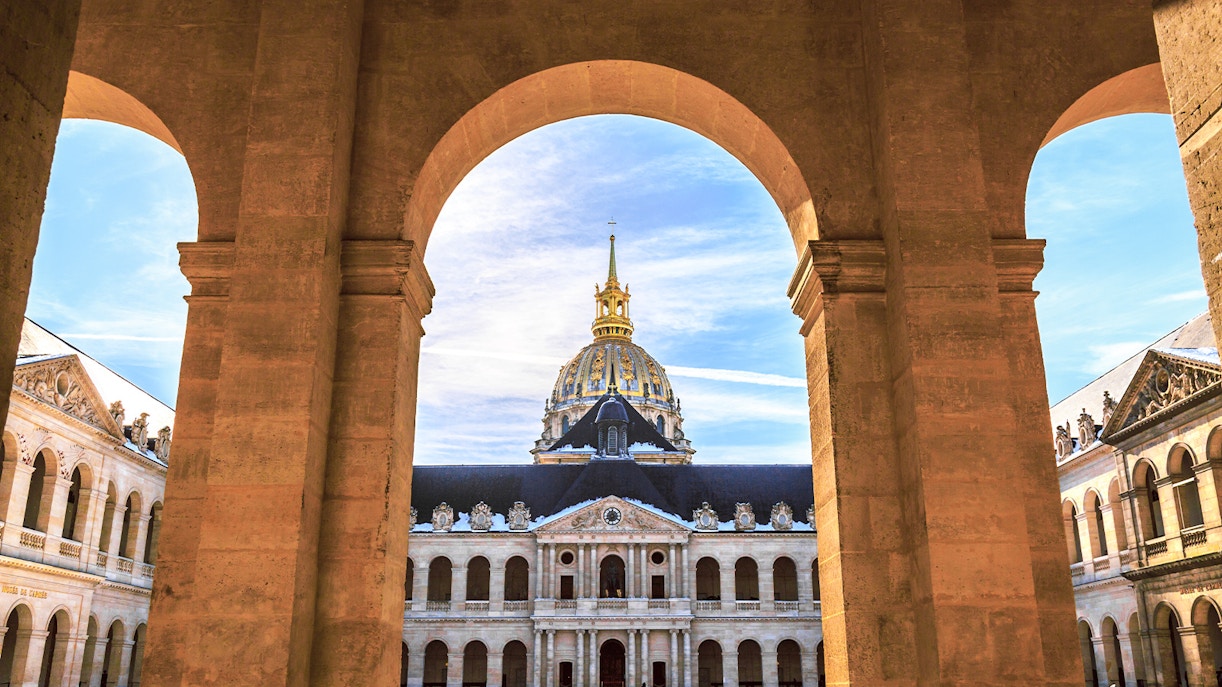
Constructed in the 17th century, the museum showcases a fusion of classical and Baroque styles. The museum's iconic dome, designed by Jules Hardouin-Mansart in the 19th century, adds to its grandeur. Adorned with intricate sculptures and ornamental details, the symmetrical façade captivates visitors upon arrival. Inside, visitors can marvel at the soaring ceilings, elaborate corridors, and majestic galleries.
The tomb of Napoleon Bonaparte, a remarkable example of funerary architecture, is a prominent feature. The Musée de l'Armée's blend of architectural elements creates an enchanting atmosphere, complementing its extensive collection of military artifacts.
Frequently Asked Questions About The Musée de l'Armée
A. Musée de l'Armée is one of the three largest military museums in the world featuring a collection of arms, weapons, objects, and artifacts that trace the history of military conflict in France.
A. The museum is famous for its unique and diverse collection of arms and weapons dating back to the Antiquity period until the 20th century. It is also home to the tomb of Napoleon Bonaparte.
A. The Musée de l'Armée is located inside Hotel des Invalides in the 7th arrondissement of Paris.
A. Visit the Musée de l'Armée for its diverse and extraordinary collection of over 500,000 objects and artifacts that trace the history of the French military. The Tomb of Napoleon I, the Charles de Gaulle Monument, and the Cathedral Of Saint-Louis Des Invalides are a few other sites worth visiting within the museum.
A. You can book your Musée de l'Armée tickets online for a seamless experience.
A. The museum was primarily built by Louis Visconti.
A. Les Invalides was built under the direction of Louis XIV, with the initial architect Libéral Bruant and later Jules Hardouin-Mansart.
A. The Musée de l'Armée was designed by architect Jules Hardouin-Mansart.
A. The museum opened in 1905.
A. The museum houses over 500,000 arms, weapons, objects, and artifacts dating back to the Antiquity period until the 20th century. The Tomb of Napoleon I, the Charles de Gaulle Monument, and the Cathedral Of Saint-Louis Des Invalides are also housed within the museum complex.
A. The Musée de l'Armée is open every day from 10 AM to 6 PM.
A. The daily mass at the Cathedral Of Saint-Louis Des Invalides occurs from Monday to Friday at 12:05 PM. On Saturdays, the mass begins at 5 PM while on Sundays, it takes place at 9 AM and 11 AM.
A. Yes. The museum is worth visiting because it is one of the largest military museums in the world with stunning architecture and a collection featuring over 500,000 arms, weapons, and artifacts depicting the history of the French military. It also houses the tomb of Napoleon I and the Charles de Gaulle Memorial.